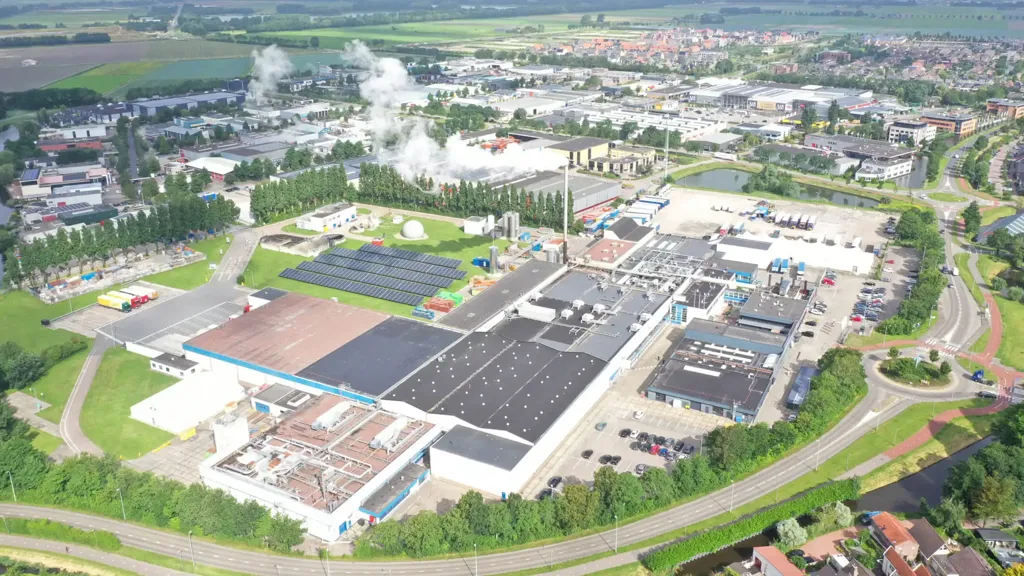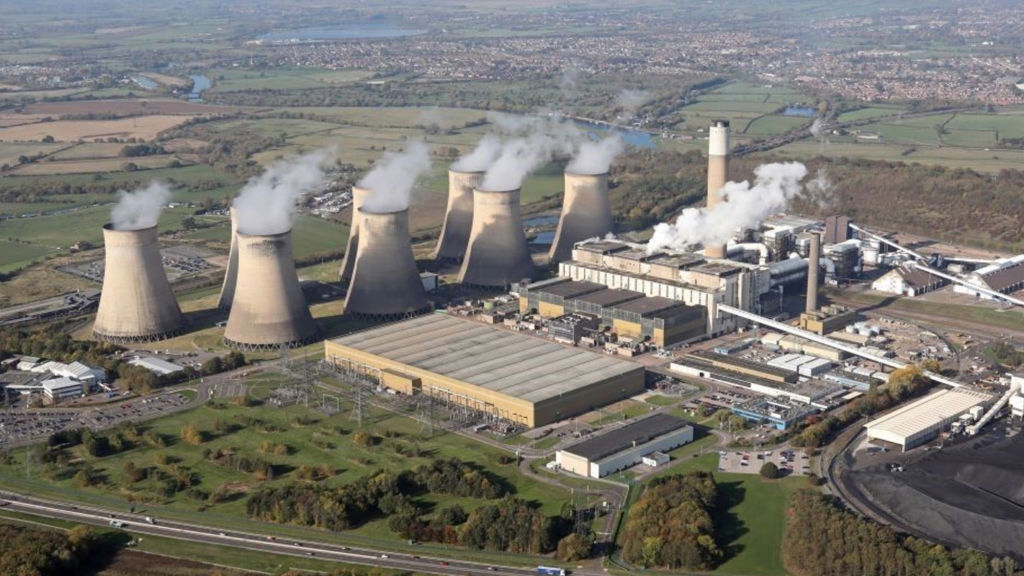Mr Price is an established retailer of affordable clothing and household items. With multiple centres across the country, it wanted to consolidate all sites into a single facility to improve efficiency, delivery times, and customer experience. A site in between Durban and Johannesburg provided the ideal location but the area has always contended with flooding events. The new centre had to be designed with both sustainability and climate resilience at its heart.
Appointed to provide multidisciplinary services including civil, structural, mechanical, and electrical engineering design, we developed the new logistics site located in Hammarsdale. To futureproof the 62,000m² warehouse, our design integrates tailored elements to protect it against extreme water-related events. In addition, it features an advanced building monitoring system, which allowed us to create a smart-enabled warehouse and embed sustainability in its structure. Processing over two million items per day, Mr Price distribution centre has become the first highly mechanised warehouse of this scale in South Africa.
Recognised for its resilience against multiple flooding events affecting the area, the site has also played a key role in the local economic growth. Owing to its strategic position, it has attracted other businesses to the area, encouraging the development of the industrial park that now surrounds it. While logistics centres might not come to mind when taking about sustainability, Mr Price centre demonstrates that they still contribute to make the global economy more sustainable while bringing wider benefits to the local community.
Overcoming climate resilience challenges
A major challenge was to design a distribution centre with climate resilience at its core. The Durban area has always contended with flooding events, and these are only set to increase with climate change – with climate models projecting that rainfall will rise by 4-8% in South Africa over the coming years.
In response to this, our team integrated a moat around the facility as part of the stormwater and rainwater harvesting system to protect against extreme water-related events. This was complemented by two metre-depth channels that were excavated across the site to channel and absorb rain.
Over the past few years, Mr Price’s distribution centre has withstood multiple flood events without any damage to its building, infrastructure, or stored goods.








